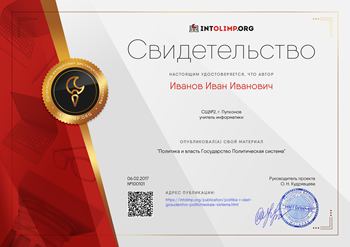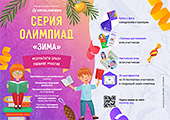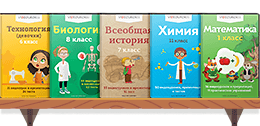USE OF MULTIMEDIA TECHNOLOGIES IN LEARNING FOREIGN LANGUAGE
Use of Multimedia technologies in teaching foreign language is one of the best recent and technological approaches in language learning.In the present times, many academicians and professionals get to know the significance of using various technological devices in the procedure of language teaching and learning equally. The new approaches have made language learning more productive, effective, and communicative.
Multimedia is the combination of different content forms. It includes a combination of text, audio, still images, animation, video, or interactivity content forms. It is usually recorded and played, displayed, or accessed by information content processing devices, such as computerized and electronic devices, but can also be part of a live performance. Multimedia devices are electronic media devices used to store and experience multimedia content. Multimedia is distinguished from mixed media in fine art; by including audio, for example, it has a broader scope. Multimedia provides a complex multi-sensory experience in exploring our world through the presentation of information through text, graphics, images, audio and video, and there is evidence to suggest that a mixture of words and pictures increases the likelihood that people can integrate a large amount of information.
Multimedia combines five basic types of media into the learning environment: text, video, sound, graphics and animation, thus providing a powerful new tool for education. Here in this study, Multimedia refers to Graphics (Digital Images), Mp3 Players (Digital Audio Players), Video players (VCD, DVD players) and Animations.
Multimedia teachings enrich teaching content and make the best of class time and break the “teacher centered” teaching pattern and fundamentally improve class efficiency. Due to large classes it is difficult for the students to have speaking communication. The utilization of multimedia sound lab materializes the individualized and co-operative teaching. The traditional teaching model mainly emphasized on teachers’ instruction, and the information provided is limited due to traditional classes. On the contrary, multimedia technology goes beyond time and space, creates more vivid, visual, authentic environment for language learning, stimulates students’ initiatives and economizes class time meanwhile increases class information.
In addition, multimedia teaching is also flexible. It is obvious that the context can be created not only in the classroom, but also after class. Multimedia language teaching can also create a multimedia language environment for the purpose of conducting foreign communication teaching. Students are bound to have some problems in classroom teaching, which can be addressed under the guidance of teachers. In such circumstances, students can use the new technology to their advantage, such as manipulating the network to contact teachers, and receiving answers by email.
Learning with the help of multimedia packages is no longer a one-way process, but rather a dialog among the participants. Most often, students use multimedia individually or in pairs, in the classroom, and also at home. Working with such packages, students systematize lessons, revise through games, and logically connect learning materials with real life situations. Next to the multimedia packages on CD-ROMs or floppy discs, variety of exercises, drills and examples can be found on the Internet, usually under the Education category.
Through the interaction with multimedia, the students become increasingly familiar with academic vocabulary and language structure. Connecting with the Internet will make the benefit of increased student motivation. Students are eager to begin class and often arrive early at the computer lab, logging on the Internet and beginning research on their own. They also often stay after class to continue working on the Internet. Overall, students develop greater confidence in their ability to use foreign language because they need to interact with the Internet through reading and writing.
Using multimedia provides the students to gather information through media that encourages their imaginations, interests. Also it using this technology combined with the sense of teaching will create a successful teaching method.
References:
Lefoe, G. (1998). Creating constructivist learning environments on the Web: The challenge of higher education Relan, A., & Gillani, B. (1997). Web-based instruction and the traditional classroom: Similarities and differences.
Singh, Yogesh Kumar. Fundamental of research methodology and statistics. New Age International, 2006. Simhachalam, Thamarana. “Role of Multimedia Resources in Teaching and Learning of English Language.” Teaching English Language and Literature: Challenges and Solutions by ELTAI, Tirupati Chapter (2015): 187-192. Print.







